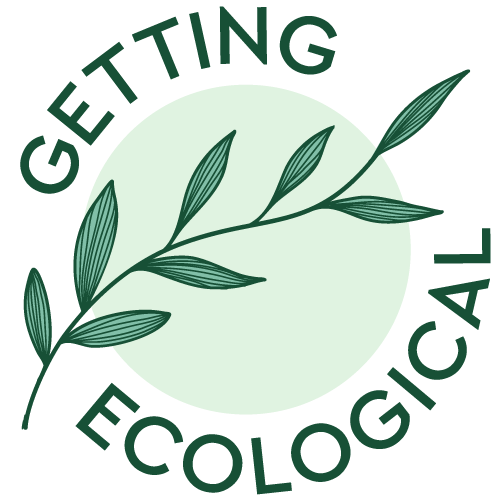Everyday, we use a multitude of products that make our lives easier, but many of these conveniences come at a high environmental cost.
From the kitchen to the bathroom, common household items can contribute to pollution, waste, and harm to ecosystems. Here’s a look at ten such products and why they’re problematic for the planet.
1. Plastic Bags and Wrappers
Why They’re Bad: Plastic bags, including those for groceries and snack wrappers, are notorious for their environmental impact. They take hundreds of years to decompose, polluting landfills and oceans. Marine animals often mistake them for food, leading to fatal consequences.
2. Single-Use Water Bottles
Why They’re Bad: Single-use plastic bottles contribute significantly to ocean pollution. Like bags, they take centuries to break down. Manufacturing and transporting them also require substantial fossil fuel consumption, exacerbating carbon emissions.
3. Disposable Batteries
Why They’re Bad: Disposable batteries contain heavy metals like mercury, cadmium, and lead, which can leak into the ground, polluting soil and water. The extraction and production process also demands a lot of energy and resources.
4. Chemical Household Cleaners
Why They’re Bad: Many common household cleaners contain harsh chemicals that can harm aquatic life when washed down drains. These substances can disrupt ecosystems and poison wildlife. Additionally, their production and disposal contribute to environmental damage.
5. Synthetic Fertilizers
Why They’re Bad: Used in gardens and lawns, synthetic fertilizers can run off into water bodies, causing eutrophication. This leads to algal blooms that deplete oxygen in the water, killing fish and other marine life.
6. Aerosol Spray Cans
Why They’re Bad: Although CFCs are no longer used, aerosols can still contain volatile organic compounds (VOCs) that contribute to ground-level ozone, a key ingredient in smog. This affects air quality and can have serious health impacts on humans and animals.
7. Non-Biodegradable Laundry Detergents
Why They’re Bad: Traditional laundry detergents can contain phosphates and other chemicals that are not easily biodegradable. They enter waterways, promoting algae growth and harming aquatic ecosystems.
8. Incandescent Light Bulbs
Why They’re Bad: Incandescent bulbs are much less energy-efficient than their LED or fluorescent counterparts. They require more energy to produce the same amount of light, leading to higher carbon emissions.
9. Microbead-Containing Products
Why They’re Bad: Many personal care products, such as exfoliating face washes, contain microbeads. These tiny plastic particles are not filtered out by sewage systems and end up in oceans, where they are ingested by marine life, causing harm and entering the food chain.
10. Disposable Diapers
Why They’re Bad: Disposable diapers take up to 500 years to decompose and are estimated to constitute about 2% of landfill waste. The production process is resource-intensive, and the used diapers contain untreated waste that can contaminate the environment.
Making a Difference
Switching to environmentally friendly alternatives for these products can significantly reduce your ecological footprint. Opting for reusable bags and bottles, recycling batteries, choosing natural cleaners, and being mindful of energy consumption are steps in the right direction. Every small change contributes to a larger impact on preserving our planet for future generations.

